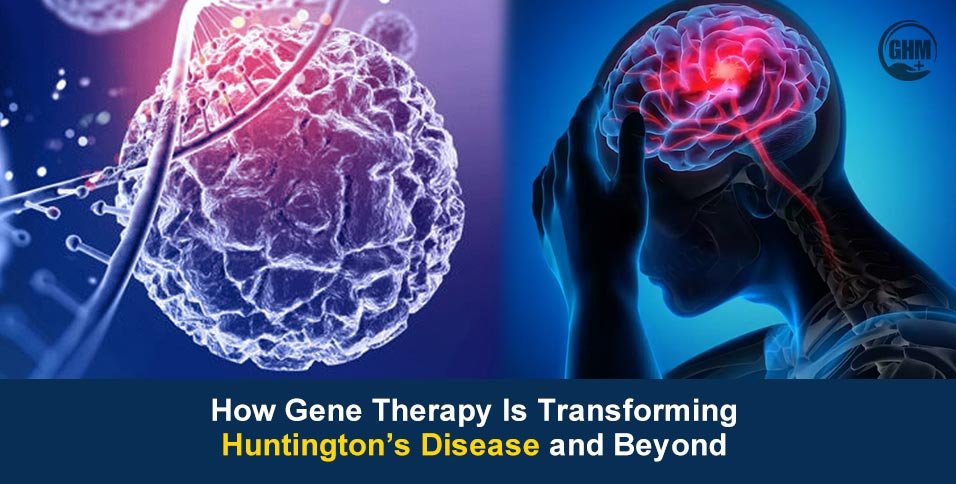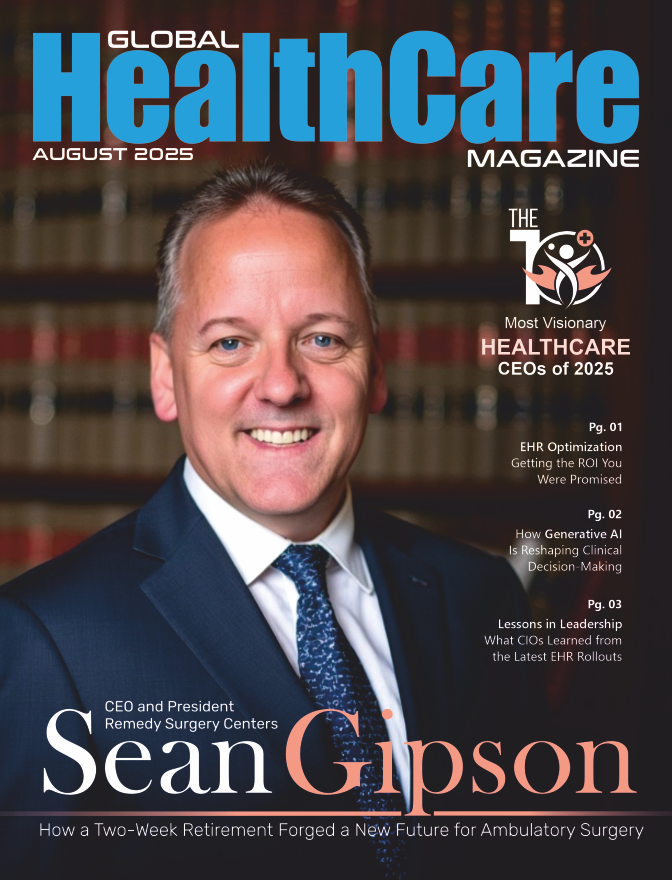In a landmark development, scientists have used gene therapy to slow the progression of Huntington’s disease, offering fresh hope for treating neurodegenerative disorders more broadly. This breakthrough marks a turning point in gene therapy. Here, instead of just easing symptoms, gene therapy aims to fix or halt the root genetic damage.
This breakthrough is highlighting how gene therapy is already making waves beyond Huntington’s disease. It is potentially transforming how we treat Alzheimer’s, Parkinson’s, amyotrophic lateral sclerosis (ALS), and more.
About Huntington’s Disease Trial Success
- In a small clinical trial, a novel gene therapy called AMT-130 slowed the progression of Huntington’s disease by an estimated 75% over three years compared to matched untreated patients.
- The therapy works by delivering microRNA to brain cells via surgery, silencing the mutated gene responsible for creating a toxic protein.
- Until now, treatments for this disease have only managed symptoms like movement, mood, or behaviour changes. They never addressed the fundamental genetic cause.
- Researchers caution that the results are early and are from a limited group, but the implications are huge if they hold.
Gene Therapy’s Contribution
1. Targeting root causes, not just symptoms
Standard medicines for Huntington’s disease often dull symptoms like muscle spasms, mood changes, but can’t stop the disease’s advance. Gene therapy, by contrast, can silence or correct the defective gene itself. Over time, such an approach could extend life and slow degeneration.
2. One-time (or limited) treatment potential
Some gene therapies aim for a single dose or brief intervention rather than lifelong daily
medications. This could reduce treatment burden for patients with Huntington’s disease and related conditions.
3. Broader Applicability to Other Brain Diseases
The same techniques developed for this disease are being tested in Alzheimer’s, Parkinson’s, and more. For example, viral vectors like AAV (adeno-associated virus) are being adapted to carry healthy genes or RNA silencers to brain cells.
Dr Michael Kaplitt, a pioneer in brain gene therapy, describes the approach as “unlocking the potential of gene therapies for neurodegenerative diseases” via targeted delivery to neurons.
4. Evolving tools: RNAi, CRISPR, AAVs
Gene therapy isn’t just about replacing bad genes, but newer tools let scientists silence harmful genes (RNA interference) or precisely edit them (CRISPR). These methods are being explored in Huntington’s disease research, too.
Challenges & Concerns Still Ahead
- Safety & long-term effects: Altering genes in brain tissue carries unknown long-term risks. Unexpected immune responses, off-target effects, or durability issues might emerge.
- Delivery to the brain: Getting the therapeutic gene to the right brain regions is difficult due to the blood-brain barrier. The AMT-130 trial required microsurgery.
- Cost & access: A one-time gene therapy could cost hundreds of thousands of dollars, raising equity and coverage concerns.
- Regulatory and evidence barriers: More trials will be required for this disease. Regulators demand extended safety and efficacy data before wide use.
Hope For Huntington’s Disease Patients & Families
- Those with Huntington’s disease or at risk now have renewed hope, not just for symptom control, but for slowing the disease at its root.
- Genetic testing for those who carry this disease gene may become more meaningful if effective therapies become available.
- Families may see a shift from palliative care toward disease-modifying care, changing how early detection, monitoring, and treatment planning occur.
- Advocacy and research funding for Huntington’s may surge now that a tangible therapeutic path has emerged.
Future of Gene Therapy
- Larger, longer trials in Huntington’s disease to confirm safety, optimal dose, and benefit durability.
- Adaptive and combination approaches combining gene therapy with other treatments (neuroprotective drugs, stem cells) to enhance results.
- Applications to other neurodegenerative diseases like Alzheimer’s, Parkinson’s, ALS, spinal muscular atrophy, and more.
- Technological improvements in non-invasive delivery methods (nanoparticles, focused ultrasound) to bypass open brain surgery.
- Ethical, regulatory, and pricing frameworks to ensure that therapies don’t remain locked behind high costs or limited access.
Conclusion
The recent success of gene therapy in Huntington’s is a watershed moment in neurodegenerative disease treatment. Rather than treating only symptoms, science is heading toward altering the fundamental biological driver of disease.
If these early results turn into widespread benefit, we may see a future where Huntington’s disease becomes a manageable chronic condition rather than an inevitable decline. The same shift can apply to Alzheimer’s, Parkinson’s, ALS, and beyond.



















